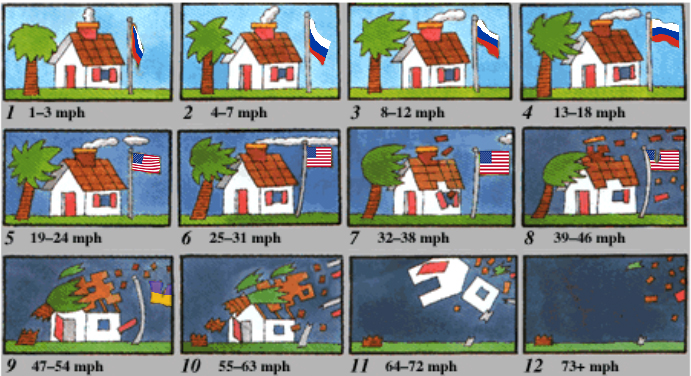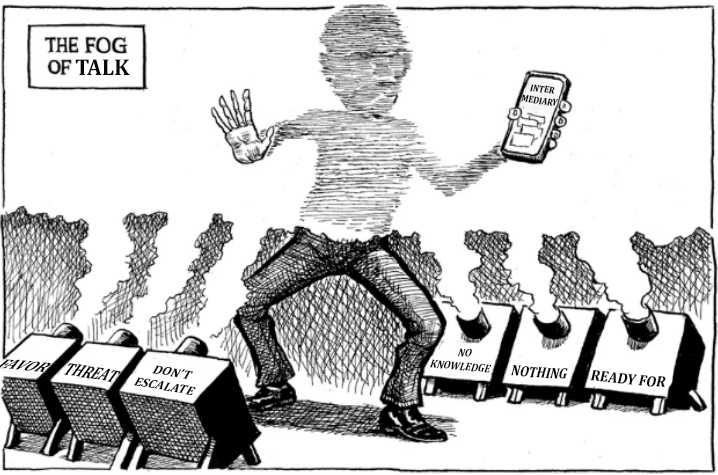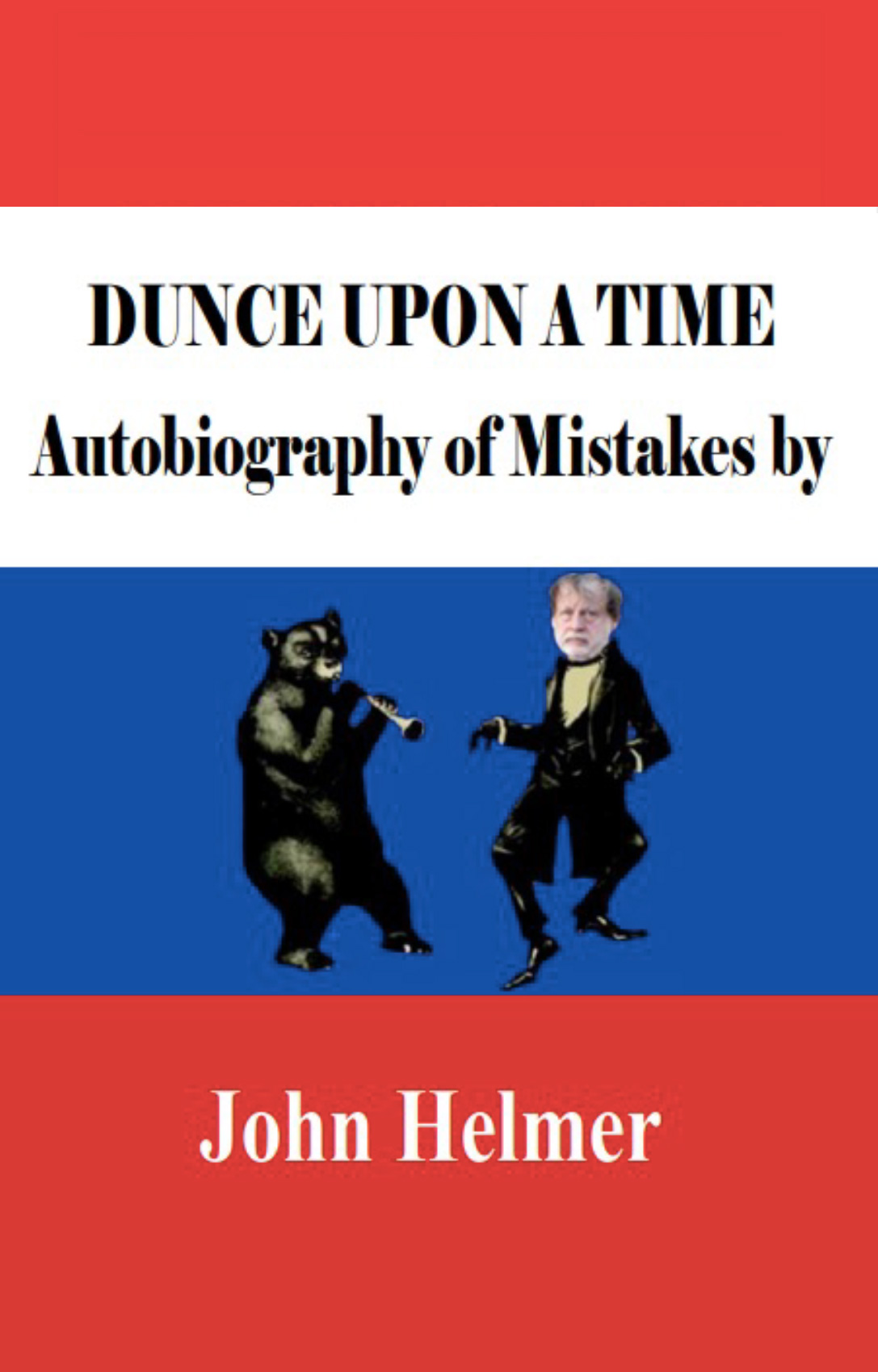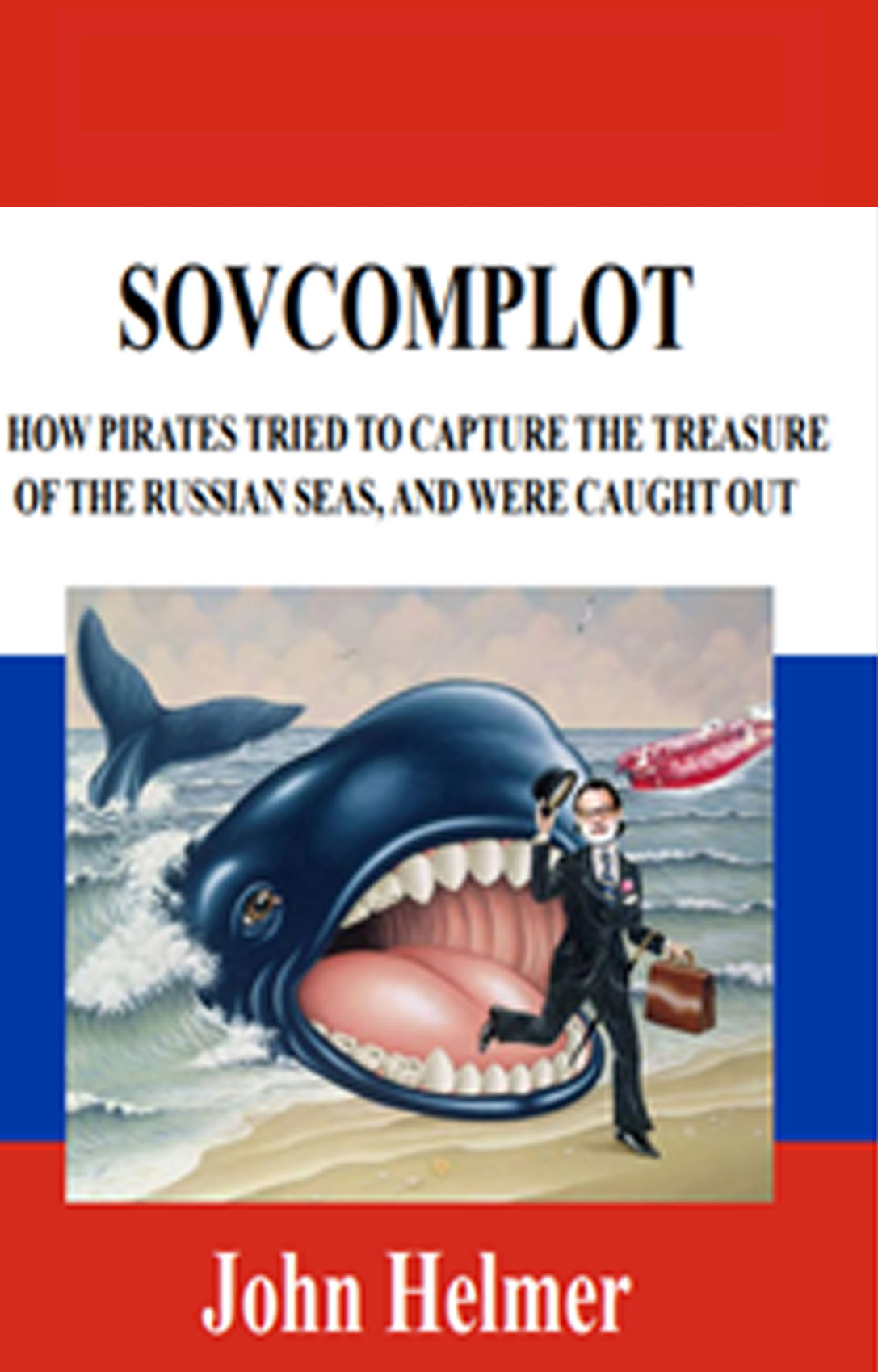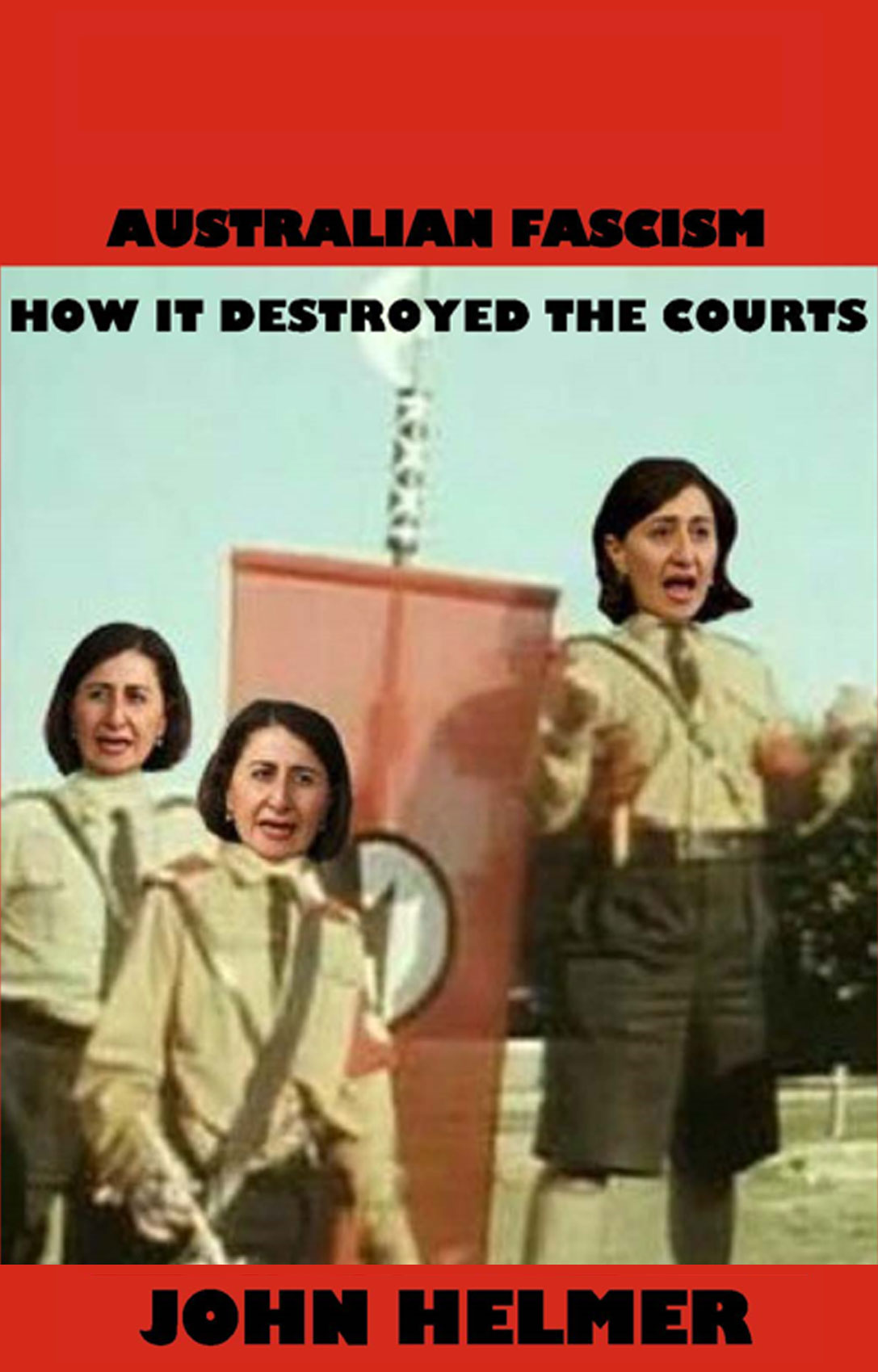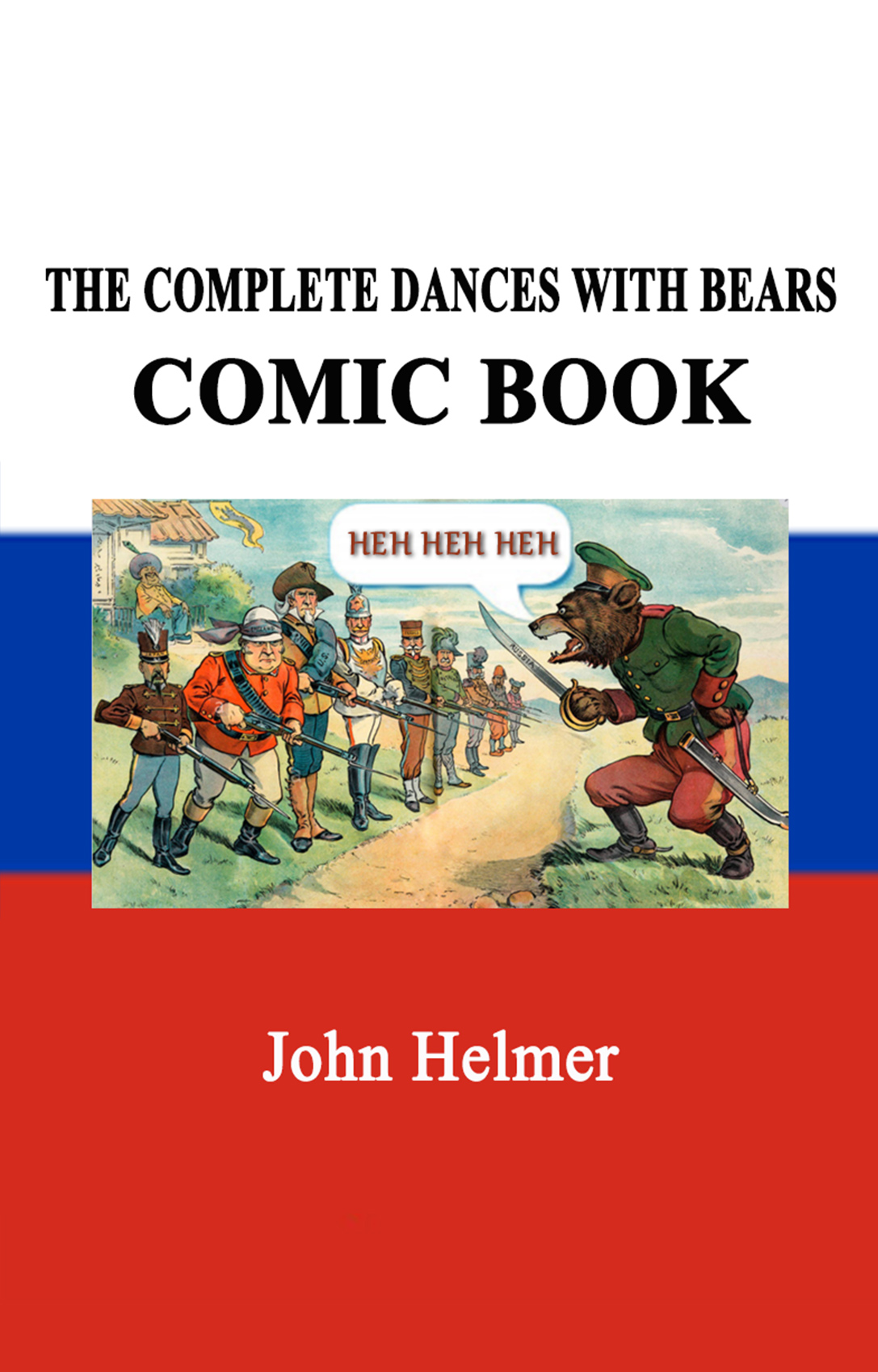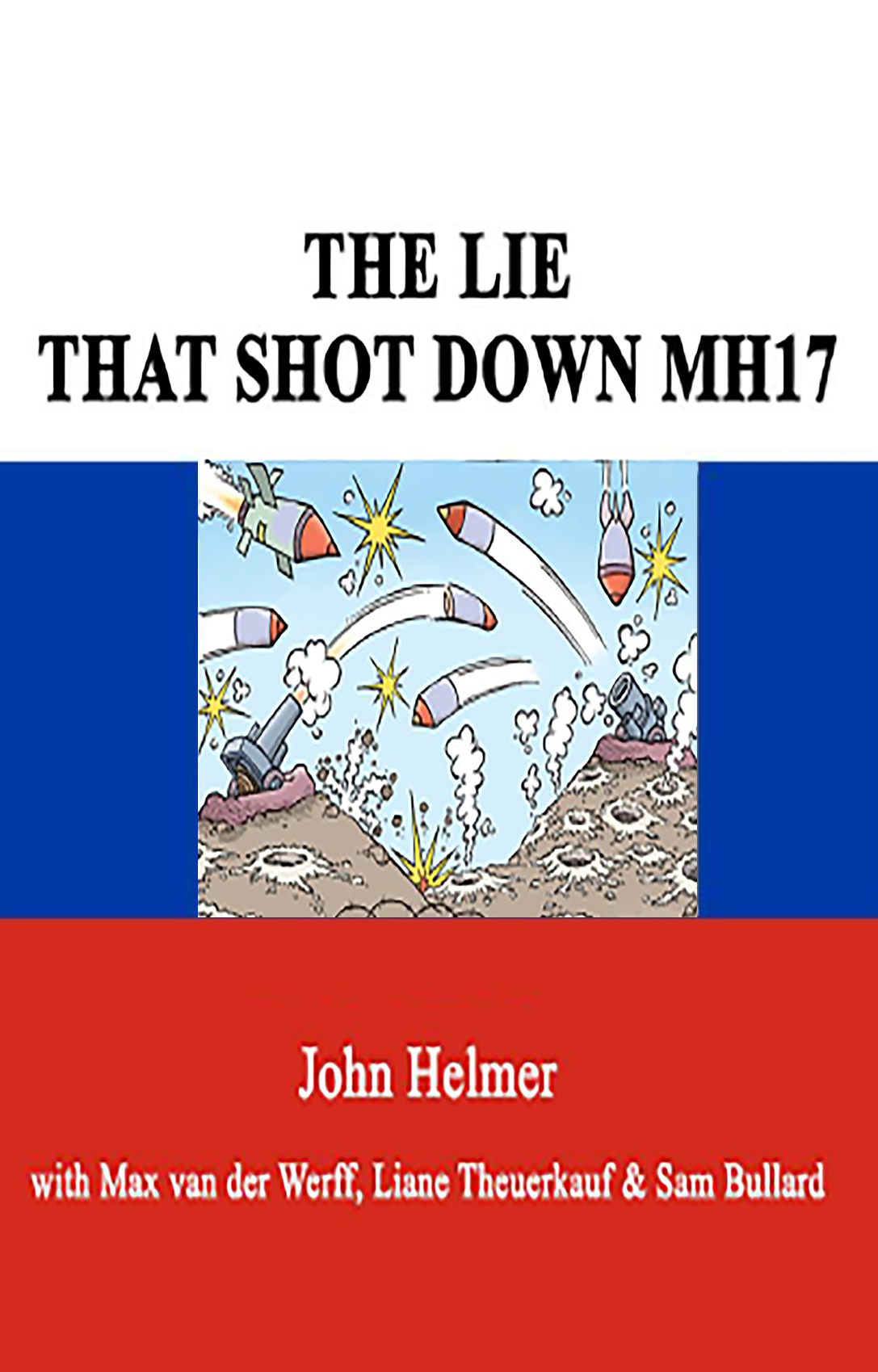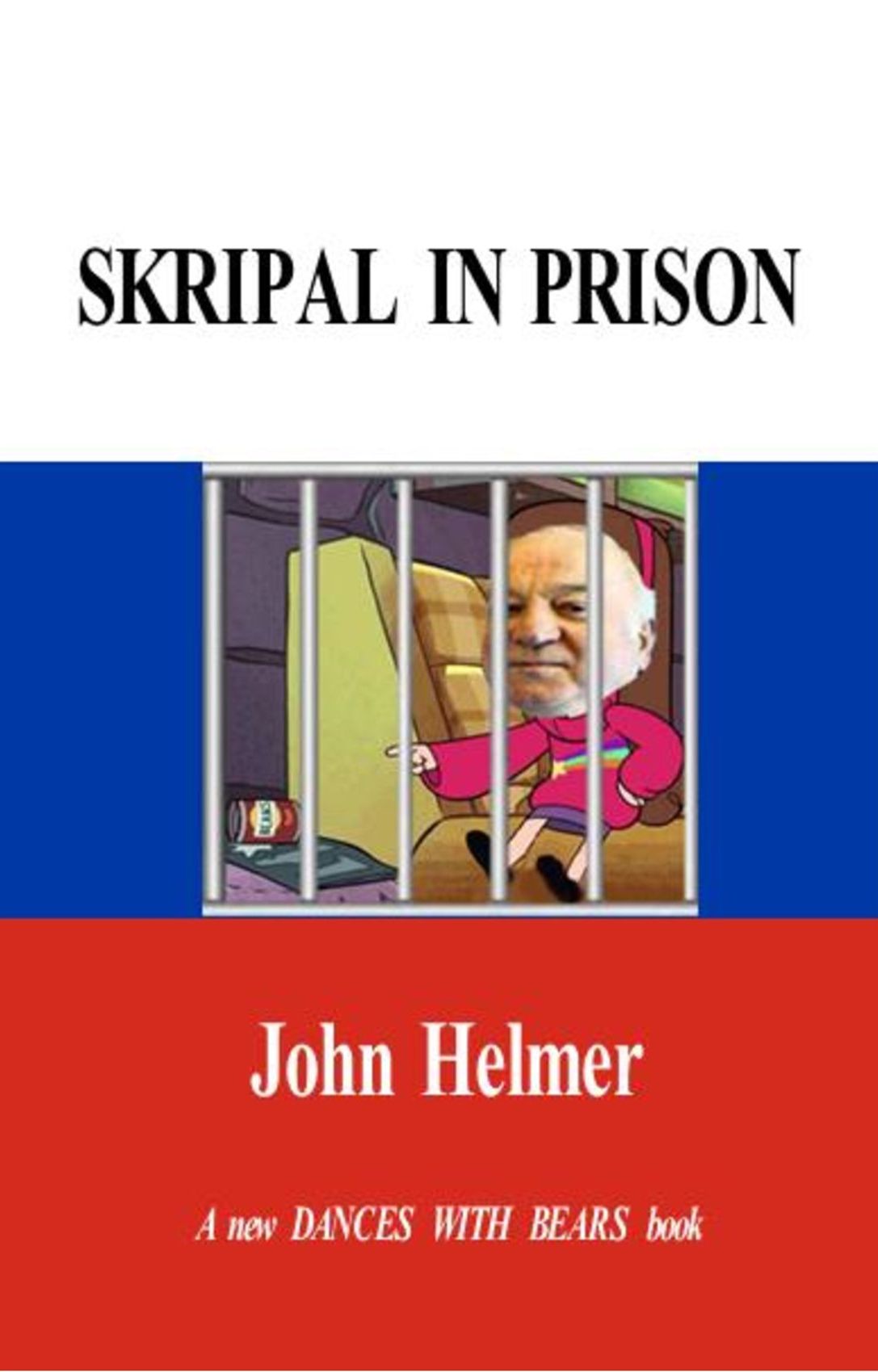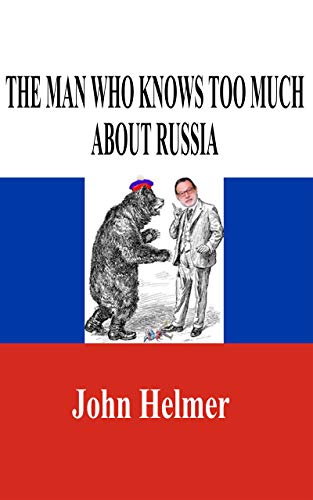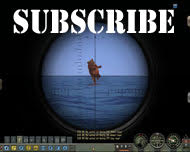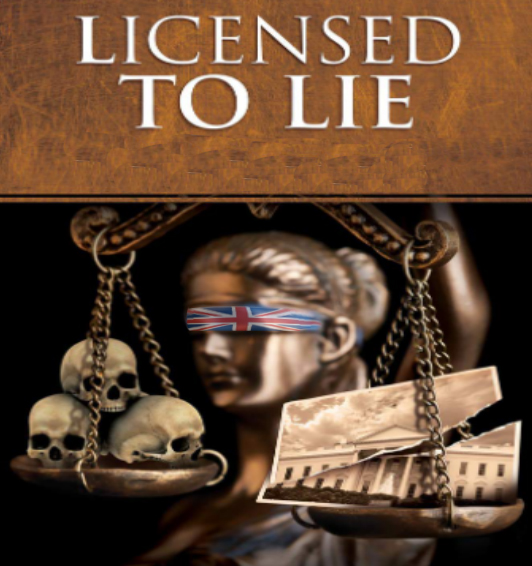

by John Helmer, Moscow
@bears_with
Anthony Hughes, the retired judge (titled Lord Hughes of Ombersley) directing the Dawn Sturgess Inquiry in London, opened the questioning of a senior British Government chemical warfare agent on Wednesday by telling him “you’re not bound by your statement, but by all means use it to refresh your recollection” — page 5.
This is a licence to lie. The head of chemical and biological analysis at the Defence Science and Technology Laboratory (DSTL) at Porton Down was given the cipher MK26 to conceal his name — his face screened from view in the videotape of the hearing — to do just that.
Hughes also arranged for his assisting counsel, Andrew O’Connor KC, to give the government official this version of the witness oath. “May I ask you,” O’Connor said, “whether you have had an opportunity to read through this statement before giving evidence today? A. Yes, I have. Q. Are its contents true to the best of your knowledge and belief? A. Yes, they are. Q. Thank you.”
As Hughes and O’Connor know very well, the official oath in British courtroom practice is that witness swears his testimony “shall be the truth, the whole truth, and nothing but the truth.” In this case, the judge and his lawyer gave the witness a licence not to tell the whole truth.
Just in case these licences to lie and to evade the truth were spotted by the public, O’Connor told MK26 that he and Hughes accepted his “statement does not contain everything that you can say about these matters because there are some further issues, further material that is covered by the restriction [secrecy] orders. A. Yes, that’s correct. Q. As a result, it’s right, is it not, that you will be coming back when the Inquiry sits in its closed sessions to give further evidence and on that occasion you will be able to provide the Chair with the information which you cannot provide today? A. Yes.” — page 6.
According to the exhibits MK26 had signed for the Inquiry, of the two pages of witness statement he had signed to the police on July 16, 2018, everything has been blacked out except one short paragraph giving the official accreditation of the workshops MK26 headed at the DSTL Porton Down. A second witness statement MK26 signed for the Coroners Court on August 20, 2019, comprises five pages, but they have all been censored. The only lines which remain say: “I have complied with, and will continue to comply with, my duty to the court to provide independent assistance by way of objective unbiased opinion in relation to matters within my expertise.” At the Bar this is recognized as the Queen Gertrude defence for lying; it comes from “the lady doth protest too much, methinks”, the well-known line from Shakespeare’s Hamlet. A Defence Ministry employee cannot be independent, or objective, or unbiased in relation to his official work orders.
The political significance of the Porton Down lying has been international. It was the foundation of the claim the British Government made to its NATO allies five weeks after Sergei and Yulia Skripal’s collapse that the UK was the target of a Novichok attack by Russia.
According to a letter sent to the NATO headquarters by Sir Mark Sedwill, then the Prime Minister’s national security advisor and supervisor of intelligence operations, “I would like to share with you and Allies further information regarding our assessment that it is highly likely that the Russian state was responsible for the Salisbury attack. Only Russia has the technical means, operational experience and the motive. The OPCW’s. [Organization for the Prevention of Chemical Weapons] analysis matches the Defence Science and Technology Laboratory’s [DSTL Porton Down] own, confirming once again the findings of the United Kingdom relating to the identity of the toxic chemical of high purity that was used in Salisbury. OPCW have always been clear that it was their role to identify what substance was used, not who was responsible… of course, the DSTL analysis does not identify the country or laboratory of origin of the agent used in this attack…We therefore continue to judge that only Russia has the technical means, operational experience and motive for the attack on the Skripals and that it is highly likely that the Russian state was responsible. There is no plausible alternative explanation.”
Sedwill was lying. Porton Down was lying. OPCW repeated the lies it was given by the British. There was, there still is, a plausible alternative explanation.
In his appearance at Hughes’s hearing this week, MK26 tried to conceal this with what an independent British organic chemist with comparable expertise to MK26 describes as “camouflage science – faulty assumptions, missing chemical names, speculative findings, a day of witchcraft.”
(more…)

